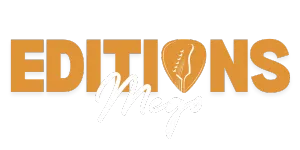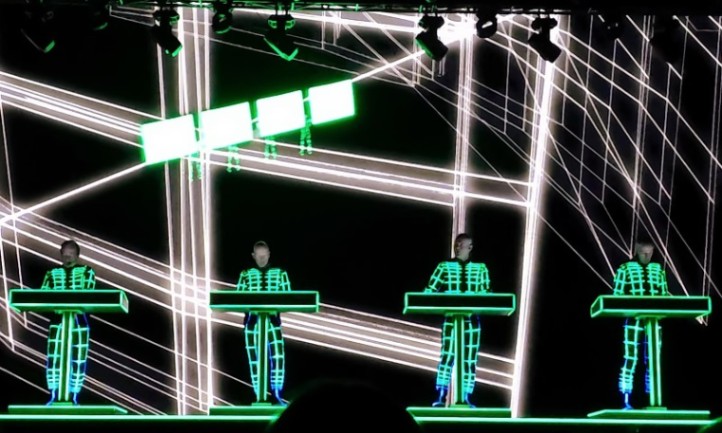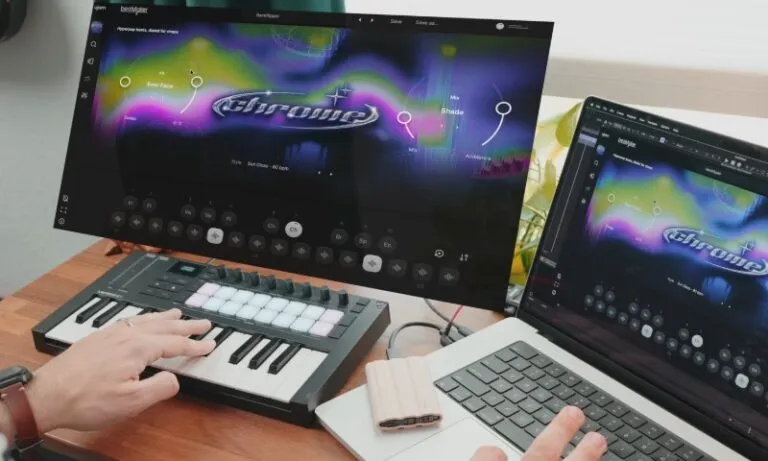Yes, jazz-influenced rock guitar playing—there’s no debate about it.
If you’ve ever been captivated by an intricate solo, a surprising chord change, or a groovy rhythm in rock music, you’ve heard jazz’s fingerprints all over it.
Jazz didn’t just lend rock a few tricks—it helped shape the entire way rock guitar evolved.
From the way guitarists solo to the chords they use and the grooves they play over, jazz has been secretly (and sometimes not-so-secretly) fueling rock’s most iconic sounds.
Key Takeaways
- Jazz Shaped Rock Guitar – Jazz-influenced rock’s solos, chords, and grooves, fueling its evolution.
- Early Rock Borrowed from Jazz – Rock pioneers like Chuck Berry and The Beatles used jazz elements in their music.
- Chords Got More Sophisticated – Rock incorporated jazz chords like Maj7 and Dominant 7 for richer harmonies.
- Jazz Improvisation Expanded Rock Solos – Rock guitarists moved beyond simple pentatonic, using modes and phrasing techniques from jazz.
- Rhythmic Complexity Increased – Jazz introduced swing, syncopation, and odd time signatures, making rock feel more dynamic.
- Fusion Pushed Boundaries – Guitarists like John McLaughlin and Allan Holdsworth blended jazz complexity with rock power.
Rock and Jazz—An Unexpected Friendship
It might seem like jazz and rock are completely different worlds. Jazz is often associated with smoky bars, intricate solos, and complex chords, while rock is all about power, rebellion, and raw energy. But the truth is, that rock wouldn’t exist without jazz.
Rock’s earliest days were heavily influenced by jazz and its sibling, blues. Before rock ‘n’ roll exploded in the 1950s, jazz had already set the stage by pioneering improvisation, syncopated rhythms, and advanced chord progressions.
Chuck Berry, one of rock’s founding fathers, played in a style deeply rooted in jazz and blues, and you can hear it in his fast, rhythmic guitar playing.
Early Rock Stars Borrowing from Jazz
Some of the most legendary rock guitarists had jazz influences, whether they admitted it or not:
- Jimi Hendrix experimented with chord extensions, jazz-like improvisation, and modal playing.
- Eric Clapton blended blues and jazz phrasing in his solos.
- The Beatles incorporated jazz chords and swing grooves into their compositions.
- Led Zeppelin used jazzy harmonies and rhythmic complexity in many of their songs.
Rock didn’t just evolve out of jazz—it took jazz’s best qualities and made them louder, heavier, and more rebellious.
Power Chords vs. Jazz Chords—What’s the Difference?
A power chord (often written as “5 chords” like G5, A5, etc.) consists of just two notes—the root and the fifth.
This simplicity gives the rock its raw, powerful sound but also limits harmonic complexity.
For example, a standard G power chord (G5) is simply:
- G (root)
- D (5th)
This works well for driving rock riffs, but it doesn’t offer the richness of a fully voiced chord.
Jazz musicians use extended chords that include additional tones beyond the basic triad (root, third, and fifth).
These extra notes, such as the 7th, 9th, 11th, and 13th, create a deeper, more colorful sound.
When rock guitarists started incorporating these into their music, it added a new level of harmonic sophistication.
Key Jazz-Influenced Chords in Rock
Here are some jazz-derived chords that frequently show up in rock music, along with examples of famous songs that use them:
1. Major 7th Chords (Maj7) – Dreamy, Atmospheric Sound
- Formula: Root – Major 3rd – Perfect 5th – Major 7th
- Example: Gmaj7 = G – B – D – F#
- Sound: Smooth, jazzy, and slightly melancholic.
Rock Songs Using Major 7th Chords
- “Something” – The Beatles (Cmaj7)
- “Little Wing” – Jimi Hendrix (Fmaj7, Cmaj7)
- “No Surprises” – Radiohead (Fmaj7, Cmaj7)
2. Dominant 7th Chords (7) – Bluesy & Gritty
- Formula: Root – Major 3rd – Perfect 5th – Minor 7th
- Example: E7 = E – G# – B – D
- Sound: Bluesy, funky, and full of tension, often resolving to a major chord.
Rock Songs Using Dominant 7th Chords
- “Purple Haze” – Jimi Hendrix (E7, A7)
- “Honky Tonk Women” – The Rolling Stones (G7, C7)
- “Crossroads” – Cream (A7, D7)
Improvisation—Why Rock Solos Owe Everything to Jazz

One of the most defining aspects of jazz music is improvisation—the ability to create expressive, spontaneous melodies on the spot.
This concept became a game-changer for rock guitarists, transforming solos from simple melodic breaks into full-blown musical journeys.
Without jazz’s influence, rock solos might have remained basic, repetitive, and predictable.
Instead, thanks to jazz, rock guitarists learned to push the boundaries, exploring new scales, phrasing techniques, and expressive note choices.
Jazz guitarists developed an expansive approach to soloing, which directly impacted rock musicians in several ways:
1. Beyond the Pentatonic Box
Many early rock guitarists relied heavily on the pentatonic scale (a five-note scale that provides a strong but simple foundation for solos).
However, jazz encouraged thinking outside the box by incorporating modes such as Dorian, Mixolydian, and Lydian, which add more depth and complexity to solos.
For example:
- The Dorian mode (root, 2, ♭3, 4, 5, 6, ♭7) has a smooth, jazzy feel that works great over minor chords.
- The Mixolydian mode (root, 2, 3, 4, 5, 6, ♭7) creates a bluesy, funky vibe, perfect for rock.
- The Lydian mode (root, 2, 3, ♯4, 5, 6, 7) has an ethereal, soaring quality, great for lead playing.
Instead of playing the same pentatonic licks over and over, rock guitarists started integrating modal runs and jazz-style note choices, making their solos sound richer and more sophisticated.
2. Call-and-Response Phrasing
🎚️ Creating strong arrangements. Call and response technique.
The call and response technique involves one musical phrase (the “call”) being followed by an answering phrase (the “response”). This interaction creates a sense of conversation within the music and can be incredibly… pic.twitter.com/XcfO5CXdEw
— Nathaniel W. (@natemixing) November 6, 2024
A core technique in jazz is call-and-response phrasing, where one phrase is followed by another that either echoes or contrasts it.
This creates a conversation-like feel in solos, adding tension, dynamics, and storytelling to the music.
In rock, this can be heard in:
- Eric Clapton’s solos, where he often plays a phrase, pauses, and then responds with another melodic idea.
- David Gilmour’s solos (Pink Floyd), use space and phrasing to build emotion.
- Angus Young (AC/DC), frequently trades short bursts of notes with bluesy bends in a back-and-forth fashion.
This jazz-inspired phrasing made rock solos more than just fast note runs—it turned them into memorable, expressive statements.
Rhythmic Play—Why Jazz’s Groove Makes Rock Feel Alive
Jazz isn’t just about fancy chords—it also brings exciting rhythms into rock music, making it more dynamic and unpredictable. Without jazz’s influence, rock would feel rigid and straightforward, lacking the groove that gives it life.
One of the most significant rhythmic contributions jazz made to rock is swing, a looser, groovier feel that makes the music breathe and move differently.
In contrast, most rock songs are based on a straight beat, where each note lands squarely in time, creating a driving, powerful effect.
For example, AC/DC’s “Back in Black” is a textbook example of straight-time rock. However, when swing is introduced, the notes fall in a triplet-based rhythm, giving the music a bouncy, flowing groove.
A great example of this in rock is Led Zeppelin’s “Good Times Bad Times,” which has a distinct jazz-inspired rhythmic feel, largely thanks to John Bonham’s drumming.
Beyond swing, syncopation—where accents are placed on unexpected beats—became a defining feature of jazz and was later adopted by rock musicians to create a more unpredictable groove. Many rock bands that lean heavily on rhythmic complexity owe a debt to jazz.
The Red Hot Chili Peppers, for instance, incorporate funk-rock rhythms that are filled with syncopation, making their grooves impossible to ignore. Rush takes jazz influence even further, using odd time signatures and polyrhythms, techniques often found in jazz fusion.
The Police, known for their reggae-infused rock, also share rhythmic DNA with jazz, as reggae itself borrows heavily from jazz’s offbeat emphasis and loose rhythmic feel.
Fusion Guitarists: The Ultimate Jazz-Rock Mashup
Some guitarists took the fusion of jazz and rock to the next level, creating jazz fusion—a genre that combines the complexity of jazz with the power and energy of rock.
These players didn’t just borrow elements from jazz; they fully embraced its advanced harmonies, improvisation, and rhythmic intricacies while keeping the intensity of rock alive.
Legends of Jazz-Rock Fusion

- John McLaughlin – A pioneer of fusion who played with Miles Davis and later formed The Mahavishnu Orchestra, blending blistering speed with intricate jazz harmonies.
- Allan Holdsworth – Known for his insanely fluid legato technique, Holdsworth created futuristic, harmonically rich solos that inspired countless guitarists.
- Pat Metheny – A master of tone and melody, Metheny seamlessly combined jazz’s lush harmonies with rock’s emotional depth, influencing musicians across genres.
Progressive rock and math rock bands—like King Crimson, Dream Theater, and Animals as Leaders—incorporate jazz-inspired chord voicings, complex time signatures, and improvisational solos into their music.
If you love these bands, you’re already hearing jazz’s fingerprints all over modern rock.
Related Posts:
- What is the Standard Tuning for DADGAD? - Elevate…
- 10 Best Sweep Picking Exercises - Guitar Tips & Tricks!
- How Do You Play Classico Tenacious D on Guitar? -…
- Most Important Guitar Chords for Beginners: Paving…
- What is Guitar Intonation and Why is It Important?
- How to Tune Your Guitar Strings - A Step-by-Step Guide












